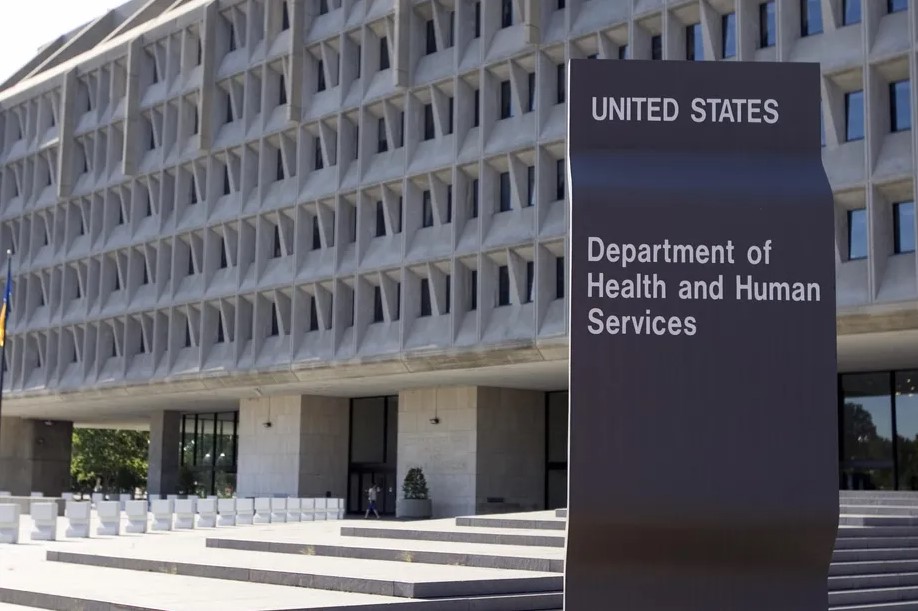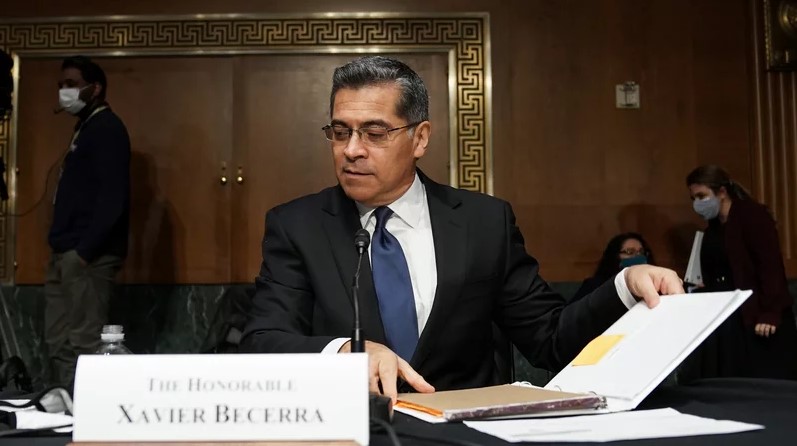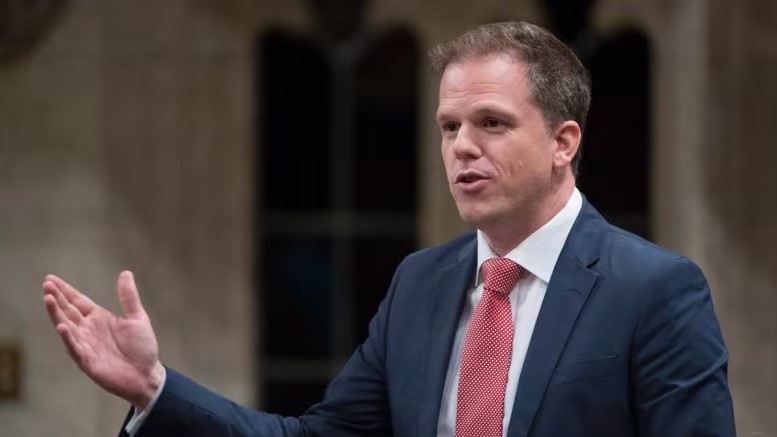The Problem
The US has long sought solutions to the problem of inflated prescription drugs/pharmaceutical costs. Compared to many other nations, the US pays drastically more for prescription drugs. While many individual states and the federal government have considered different solutions, the US Food and Drug Administration (FDA) on January 5th approved what the State of Florida hopes to be a solution for reducing drug costs. The solution is to bulk import a number of different drugs from Canadian wholesalers, where drug costs are 28-46% of the US, in order to avoid the high costs of the US.
However, Canada does not seem particularly keen on this plan. In 2020, the federal Canadian government enacted an interim order which limits the export of pharmaceuticals if it poses the threat of a potential shortage within Canada.
Speaking in Nova Scotia at a media conference, Canadian Health Minister Mark Holland stated that “there is no way we will allow any jurisdiction, be it the States, or another foreign jurisdiction to endanger the Canadian drug supply”, which echoes an earlier statement by Health Canada, who stated they would take “all necessary action” to protect Canada’s drug supply.
What Does the FDA’s Approval Allow, and the Details of Florida’s Plan
The FDA’s approval allows for Florida to import low-cost prescription drugs from Canada, provided they meet the same health standards which the FDA already has in place for domestic drugs and those already being imported. Some of the drugs which Florida hopes to purchase are the exact same as those already sold within Florida, however they will be able to be provided at a lower cost from the Canadian wholesalers. The approval is of Florida’s 2019 legislation which established the “Canadian Prescription Drug Importation Program” in order to facilitate the importation.
However, Florida’s Program required FDA approval. The approval had taken so long that Florida sued the FDA over what it called “reckless delay” in making a ruling on the legislation. The lawsuit was opened in August, and a judge ordered the FDA must approve or deny the legislation by January 5th, 2024. They approved.
Florida plans to import through the medications for the treatment of diabetes, HIV/AIDS, hepatitis C, various mental illnesses, and several more medical conditions. Drugs imported through the program will be made available to “Florida Medicaid recipients, patients at facilities run by the Florida Department of Children and Families, individuals under the care of the Florida Agency for Persons with Disabilities, patients at county health departments managed by the Florida Department of Health, and inmates in the custody of the Florida Department of Corrections”.
According to the State of Florida and Governor Ron DeSantis, the program will save the state between 100-200 million dollars each year, once it is fully operational.

Assuming Canada’s approval of the plan, Florida still has several barriers in the way of importing and distributing drugs from Canada.
Namely, Florida must submit additional information for each drug it wishes to import to the FDA, then relabel imported drugs with FDA compliant labeling, followed by ensuring the drugs have been tested both for authenticity, and to ensure they comply with the FDA’s standards.
Finally, after importation has began, the state must submit a quarterly report to the FDA providing information about cost savings, drug information, and any safety/quality issues.
Health Canada’s standards for prescription drugs largely mirror that of the US, and thus it is expected the vast majority, if not all of the imported drugs should already meet the FDA’s standards.
Florida will be permitted to import drugs under this program for 2 years from when the FDA is notified of the first importation shipment.
More to Follow
In 2020, the US Department of Health and Human Services published a final ruling which allows for US states and Native tribes to propose plans for the importation of drugs. The 2020 ruling was a slight shift from a 2005 law which allowed the import of certain drugs from Canada, provided they came at a lower cost to American consumers, and were safe.
Colorado, Maine, New Hampshire, New Mexico, North Dakota, Texas, Vermont, and Wisconsin, have all either submitted individual plans or are planning to seek approval for plans under the 2020 ruling.

Behind the Costs
As stated, the US has drastically higher prescription costs when compared to other nations. In 2019, the US per capita spent 963$ on prescription drugs. 1 in 3 people taking prescriptions in 2023 reported not being able to take them due to high costs.
The high costs are largely resultant of the drug-pricing chain having a series of, in essence, incentives for price increases. The pricing chain is a large and complex system which sees money passed around to many different actors, including sometimes back and forth with each other.
Shortly put, drugs are sold from manufacturer to a wholesaler, who then proceeds to sell to a pharmacy at a markup, who distributes the drugs to patients (at a secondary markup) who oftentimes have insurance to soften out of pocket costs. Insurance usually contracts a “Pharmacy Benefit Manager” to administer pharmacy insurance benefits on its behalf, and negotiate rebates with manufacturers.
In a more detailed look, manufacturers sell to wholesalers at what is called the Wholesale Acquisition Cost (WAC). These sales take place through highly competitive contracts due to the fact that 92% of prescription drugs are distributed through the same 3 companies (those being AmerisourceBergen, Cardinal Health, and the McKesson Corporation). If manufacturers are unable to land contracts with these companies, it can result in them sometimes effectively being locked out of the market. This gives these 3 wholesalers the ability to be price-setters and market-makers for generic drugs. Wholesalers purchase from manufacturers often takes place at the WAC minus a % discount, which comes from them buying in bulk.
After purchasing from manufacturers, wholesalers then proceed to sell to pharmacies and hospitals at the WAC, minus their initial discount from the manufacturer, plus their own markup, which is typically between 10-15%. If a manufacturer increases their price, they stand to gain from manufacturer price increases largely due to two reasons. Firstly, their markup is going to remain the same regardless of their purchase price (so for example, if they purchase a drug at 1,000$ and sell it to a pharmacy for 1,100$ at a 10% markup. If this drug increases to 2,000$, they will purchase and sell it to a pharmacy for 2,200$, thus increasing their profit). Secondly, wholesalers benefit massively from something called “forward buying”.
Forward buying is when the wholesalers purchase drugs before manufacturers increase the price, if they do so. Due to the new manufacturer price, the WAC will have increased. It will be at this new price point that they will now sell to pharmacies (continuing with the previous example, if they purchased a drug at 1,000$, but the manufacturer increases pricing and future purchases rise to 2,000, the WAC will shift and the wholesalers will be able to sell the drugs they purchased for 1,000 to pharmacies for the 2,000$ plus their markup).

After pharmacies purchase drugs from wholesalers, they again markup the cost, and then distribute them to patients. Patients purchase their prescriptions as a copayment with their insurance, who fields most of the cost. Insurance companies pharmacy benefits are administered by a Pharmacy Benefit Manager (PBM). The PBM acts as a middleman between insurance and pharmacies, and pays out the pharmacies while being reimbursed by insurance companies. The PBM’s also negotiate rebates with the initial manufacturers for the insurance companies, in order to significantly lessen that which is paid by the insurance company. Of these rebates, the PBM keeps a certain %.
Regardless of the drug cost or the cost of the insurance plan, the PBM’s profit remains the same, and it suffers no loss from price increases, due to the money which the PBM pays out to the pharmacies originating from the insurance companies, and its profit being the % of the rebate. In many cases when drug costs rise, the PBM can re-negotiate rebates with the manufacturers, and increase the rebate (and thus, increase its cut of the rebate).
When manufacturer price increases, pricing increases all the way down the chain not only resulting in higher drug costs (and thus, out of pocket costs), but also in rising insurance premiums. The chain sees within it several incentives to increase pricing, and limited legislation from the government implementing price caps.
A large factor in prescription prices is also patent protections, which has resulted in a large number of drugs becoming monopolized. In 2019, the 10 best selling drugs of the year on average had more than 69 patents, with over 37 years of patent protections. Oftentimes, pharmaceutical companies have sought patent applications for pre-existing drugs. The low amount of competition in the pharmaceuticals industry plays a significant role in the price of drugs within the US.
Conclusion
In his statement, Health Minister Mark Holland stated that Canada was not the solution to the US’ inflated drug costs. He added that while he was “emphasizing the point that, understandably, the U.S. has its challenges with its drug costs”, the problem was one that must be solved internally.

Furthermore, Health Canada added in one of its statements that “the Canadian government has been clear in its position: bulk importation will not provide an effective solution to the problem of high drug prices in the U.S”.
The primary concerns of Canada when it comes to the program is that it will result in, or worsen drug shortages within Canada. Canada has a population of approximately 40 million. Comparatively, Florida has a population of around 22 million, meaning Canada’s drug industry is not particularly larger than Florida’s. This, paired with the fact that other states may soon seek to import drugs from Canada as well, is likely to cause shortages in the event of bulk importation.
Canada’s statements have not been an outright rejection, however the reaction to the FDA’s approval points to a potential rejection of the plan, which will force Florida to seek other solutions to inflated drug costs.


